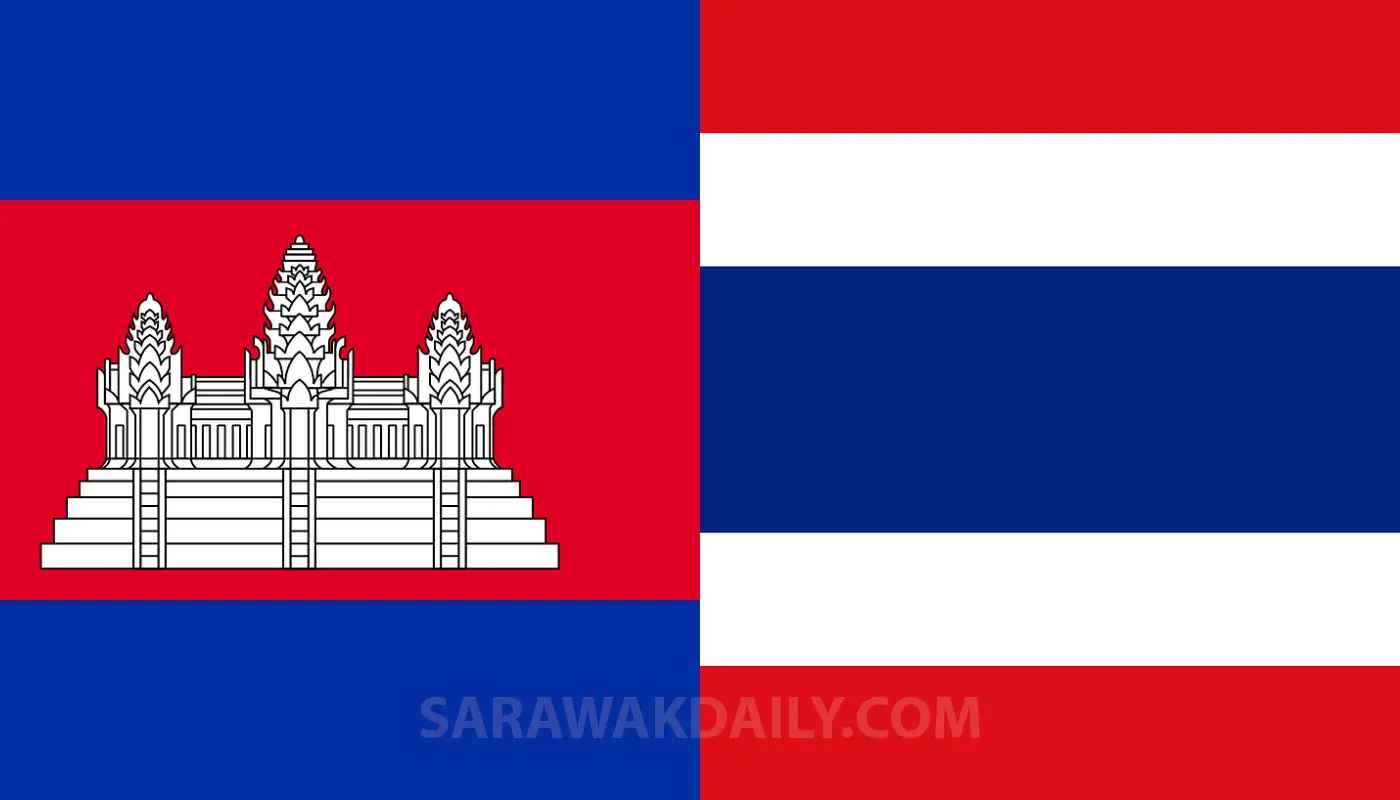PHNOM PENH / BANGKOK — Cambodia has urgently called for an immediate and unconditional ceasefire with Thailand, as border fighting between the two nations continues into its third day and the death toll surpasses 30.
Ceasefire Appeal and Diplomacy
At a closed UN Security Council meeting triggered by Phnom Penh, Cambodia’s UN Ambassador Chhea Keo stated that the country demanded a halt to hostilities, pushing for a peaceful resolution to the conflict. He emphasized Cambodia’s smaller military capability, questioning how it could initiate aggression against its much larger neighbour.
Malaysia—as ASEAN chair—proposed a ceasefire, supported by Cambodia. However, Cambodian Prime Minister Hun Manet later accused Thailand of reneging on an initial agreement to cease firing at midnight on July 24, describing Bangkok’s reversal as “regrettable”.
Thailand’s foreign ministry said it supported the principle but insisted any ceasefire must reflect “appropriate on-the-ground conditions,” and reiterated its preference for bilateral negotiations over third‑party mediation.
Escalation on Day Three
Fighting entered its third day with renewed cross-border attacks. Thailand reported 19 deaths (14 civilians and 5 soldiers), while Cambodia confirmed 13 fatalities (8 civilians and 5 soldiers), bringing the combined toll to at least 32.
Additionally, over 130,000 people have been displaced—more than 138,000 in Thailand and around 35,000 in Cambodia—drawing alarm for a deepening humanitarian crisis. The map of conflict expanded to new areas, including coastal Trat province, nearly 60 miles from initial flashpoints.
Both sides have accused the other of initiating the attacks; Thailand said Cambodian forces fired heavy weapons into civilian zones, while Cambodia condemned Thailand’s F‑16 airstrikes and alleged damage to cultural heritage sites.
International Reactions
The UN Security Council held an emergency session, after which all 15 members urged both countries to show restraint and seek diplomatic resolution. ASEAN and Malaysia offered to mediate, though Thailand insisted on direct bilateral engagement.
Meanwhile, public statements from the U.S., China, Japan, South Korea, India, the EU, and other regional neighbours called for an immediate cessation of hostilities and protection of civilians.
Humanitarian Toll
Evacuation centres in schools, universities, stadiums and containment shelters across both sides are overwhelmed. Reports describe older residents saying the intensity of the fighting is comparable to the late 1970s Khmer Rouge-era violence in the region.
Why the Thailand-Cambodia Ceasefire Matters
| Key Issue | Implication |
|---|---|
| Humanitarian Consequences | More than 130,000 displaced, growing casualties and infrastructure damage. |
| Escalation Risk | Heavy weapons, airstrikes, and widening front suggest possible full‑scale war. |
| Diplomatic Breakdown | ASEAN’s mediation efforts countered by Thailand’s insistence on bilateral talks. |
| Long‑standing Territorial Dispute | Colonial-era maps and contested temples fuel nationalist sentiment. |
| Regional Stability | The conflict tests ASEAN coherence and raises fears of broader instability in Southeast Asia. |






